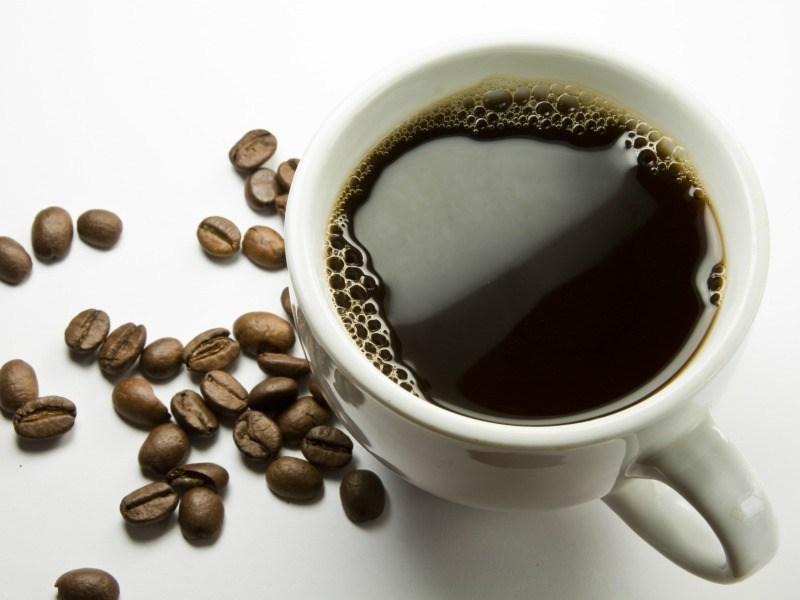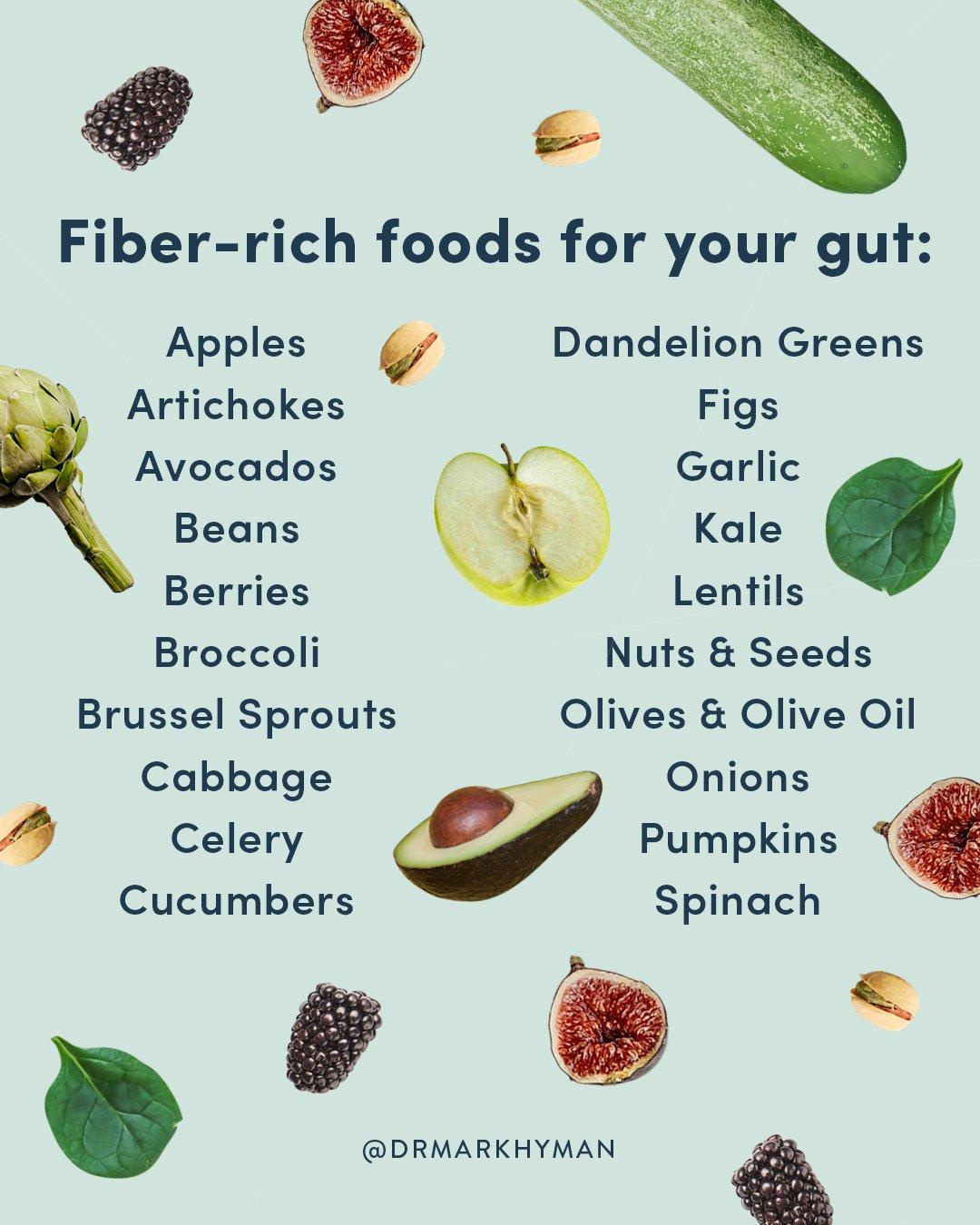In the realm of nutrition/hydration-hacks-fueling-your-high-intensity-workouts/” title=”Hydration Hacks: Fueling Your High-Intensity Workouts”>high-intensity workouts, where every rep, sprint, and leap demands peak performance, the role of nutrition becomes as pivotal as the exercise itself. Among the myriad of dietary components that fuel athletic prowess, fiber often stands as the unsung hero, quietly influencing energy levels and endurance. While traditionally celebrated for its digestive benefits, fiber’s impact extends far beyond the gut, intertwining with metabolic pathways to potentially enhance or hinder athletic performance. This article delves into the intricate relationship between fiber intake and energy dynamics during high-intensity workouts, unraveling the science behind how this often-overlooked nutrient can either power your progress or become a stealthy saboteur of your fitness goals. Join us as we explore the fiber-fueled journey towards optimizing energy and achieving peak performance in the high-stakes arena of intense physical exertion.
Understanding the Role of Fiber in Energy Regulation
During high-intensity workouts, the body’s demand for energy skyrockets, and the role of dietary fiber becomes crucial in regulating this energy. Fiber, often hailed for its digestive benefits, plays a significant part in maintaining steady energy levels. Unlike simple carbohydrates that cause rapid spikes and drops in blood sugar, fiber ensures a more gradual release of glucose into the bloodstream. This helps sustain energy levels throughout the workout, preventing the dreaded mid-session crash.
- Soluble fiber: Found in foods like oats, beans, and fruits, it dissolves in water to form a gel-like substance, slowing down digestion and promoting a sustained energy release.
- Insoluble fiber: Present in whole grains and vegetables, it adds bulk to the diet and helps in the smooth passage of food through the digestive system, indirectly supporting optimal energy utilization.
By integrating fiber-rich foods into pre-workout meals, athletes can optimize their performance, ensuring that their bodies are fueled efficiently for the demands of high-intensity activities.

The Science Behind Fiber and Workout Performance
When diving into high-intensity workouts, the role of dietary fiber often gets overshadowed by the spotlight on proteins and carbohydrates. Yet, understanding how fiber influences energy levels can unlock new dimensions in athletic performance. Fiber is essential for a balanced diet, playing a critical role in regulating blood sugar levels. During intense physical activity, maintaining stable blood sugar is vital for sustaining energy. Soluble fiber, in particular, slows down the digestion of carbohydrates, ensuring a steady release of glucose into the bloodstream. This gradual energy supply can help athletes avoid sudden spikes and crashes, keeping them fueled longer during strenuous exercises.
- Improved Digestion: A fiber-rich diet promotes efficient digestion, which is crucial for nutrient absorption and overall gut health.
- Enhanced Satiety: Fiber can increase feelings of fullness, potentially reducing the risk of overeating and weight gain.
- Reduced Inflammation: Some studies suggest that dietary fiber can help lower inflammation, aiding in faster recovery post-workout.
Incorporating adequate fiber into an athlete’s diet can therefore provide not just a nutritional edge, but a strategic advantage in managing energy levels throughout their workout routines. Balancing fiber intake with other macronutrients ensures that athletes are not only prepared for the challenges of high-intensity training but also equipped to recover effectively afterward.

Maximizing Energy: Fiber-Rich Foods to Fuel Your Training
Incorporating fiber-rich foods into your diet can be a game-changer when it comes to sustaining energy levels during high-intensity workouts. Fiber, often overlooked in sports nutrition, plays a crucial role in maintaining a steady release of energy. Unlike simple carbohydrates that provide quick but short-lived energy, fiber ensures a gradual and consistent energy supply by slowing down the digestion process. This results in stable blood sugar levels, helping you avoid the dreaded mid-workout energy crash. Moreover, fiber aids in gut health, which is essential for nutrient absorption, allowing your body to effectively utilize the fuel it receives.
To harness the benefits of fiber, consider integrating the following foods into your meal plan:
- Oats: A breakfast staple that provides a blend of complex carbohydrates and fiber.
- Quinoa: A complete protein source that’s also high in fiber.
- Sweet Potatoes: Not only fiber-rich but also loaded with vitamins and minerals.
- Chia Seeds: Small but mighty, they pack a punch of fiber and omega-3 fatty acids.
- Legumes: Beans and lentils are excellent sources of fiber and plant-based protein.
By strategically choosing fiber-rich foods, you can enhance your energy levels and endurance, ensuring that your body is primed for peak performance.
Practical Tips for Incorporating Fiber into Your Pre-Workout Routine
Boosting your energy levels with fiber before a high-intensity workout doesn’t have to be a daunting task. Here are some practical tips to seamlessly integrate fiber into your pre-workout routine:
- Choose Whole Grains: Opt for whole grain options such as oatmeal or whole grain bread for your pre-workout meal. They provide a slow release of energy, keeping you fueled throughout your session.
- Snack on Fruits: Incorporate fruits like apples, bananas, or berries. These are not only rich in fiber but also packed with natural sugars that give you an energy boost without causing a sugar crash.
- Experiment with Legumes: Consider adding a small portion of legumes, such as chickpeas or lentils, to your pre-workout snacks. They are fiber-rich and can help maintain your energy levels during the workout.
- Mix in Seeds: Add chia or flax seeds to your smoothies or yogurt. These seeds are tiny powerhouses of fiber and can be a convenient way to enhance your energy reserves.
By mindfully incorporating these fiber-rich options, you can ensure a steady energy supply that supports your workout goals without causing digestive discomfort.
